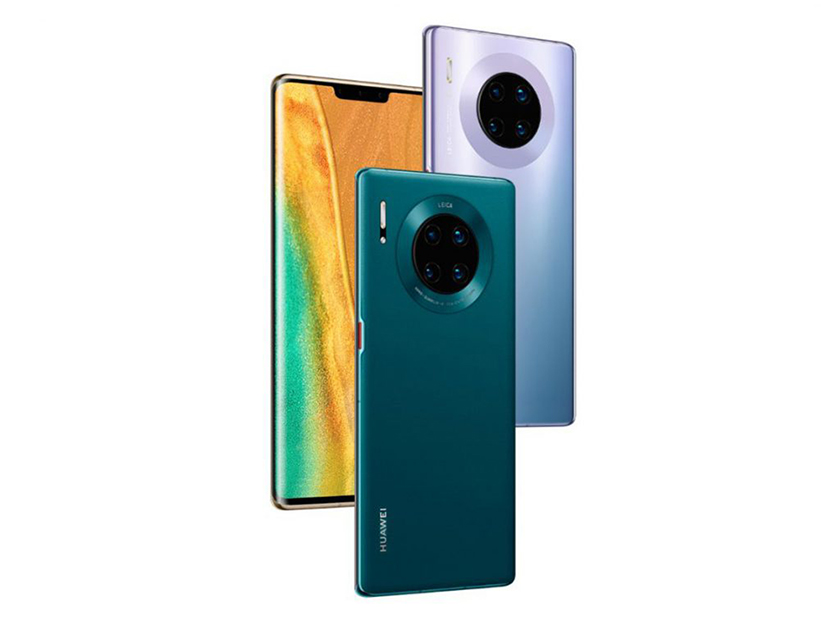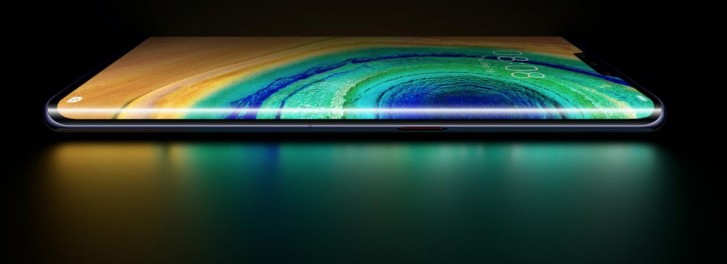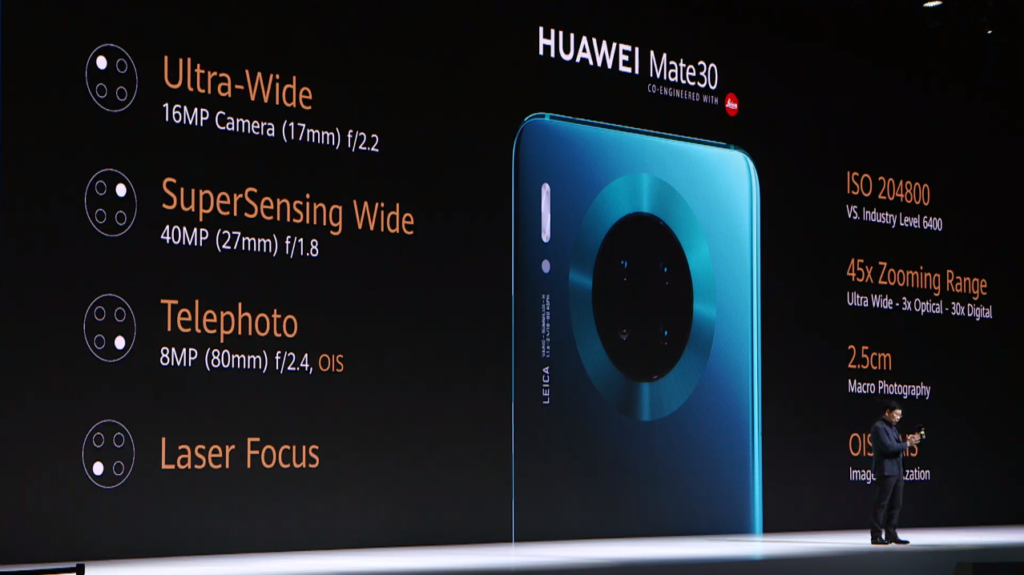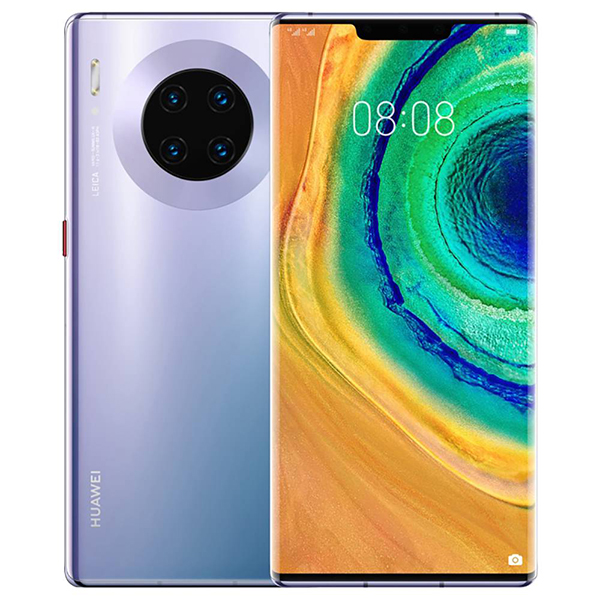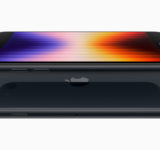The Huawei Mate 30 Pro, which is amongst the best flagships of 2019, is possibly launching on December 15 in Nepal. Huawei’s recent improvement in camera tech has not gone unnoticed and the Mate 30 Pro is a true example of it. But this time it won’t be the center of attention as the lack of Google Play Services will be an interesting bit to see how it works out for Huawei as well as a heap of Nepali consumers who have been actively following the company’s recent success.
Now, to talk about the specs, the Huawei Mate 30 Pro sports a 6.53-inch curved OLED screen with 1176 x 2400 pixels resolution resulting in a tall 18.5:9 aspect ratio that translates to 409ppi pixel density.
A curved screen means no place for side buttons, thus the screen acting as a virtual button that somewhat gives you the feel of pressing the real button. Thankfully, to prevent the screen from nicks and scratches it gets the Corning Gorilla Glass 6 layer on top.
What’s more missing here is the 3.5mm headphone jack, which has pretty much become the norm these days. Also, no stereo speaker setup can be seen, instead there’s a single loudspeaker for media consumption.
Inside is the powerful HiSilicon Kirin 990 chipset based on 7nm+ technology with an octa-core CPU and a Mali-G76 MP16 for graphical processing. Out of the box, the phone boots on Android 10 with EMUI 10 skin on top.
As for the memory configuration, the phone comes in two variants: 8GB of RAM with either 128GB or 256GB of UFS 3.0 storage. But if you need additional storage, you will have to use Huawei’s proprietary NanoSD to expand up to 256GB using a shared SIM slot.
Let’s get into cameras. The device features a quad-camera setup at the back — a 40MP wide sensor with f/1.6 aperture, PDAF, and OIS; an 8MP telephoto sensor with f/2.4 aperture, PDAF, OIS, and 3x optical zoom; a 40MP ultrawide sensor with f/1.8 aperture and PDAF, and finally a 3D TOF sensor. These Leica optics gets complemented with a dual-LED dual-tone flash, panorama, and HDR.
Meanwhile, the camera on the front is a 0.8µm 32MP wide sensor with f/2.0 aperture and a 3D TOF camera capable of detecting hand gestures, cohesively working with Huawei’s Da Vinci NPU—one of the first in the market.
Other features include an optical under-display fingerprint scanner, a Face ID as well as other sensors including accelerometer, gyro, proximity, barometer, and compass.
As for the battery, the device carries a non-removable Li-Po 4,500mAh battery with 40W fast charging support. There’s also support for 27W fast wireless charging.
Huawei Mate 30 Pro Specification Highlights
- Display: 6.53-inch OLED display, 1176 x 2400 pixels, 18.5:9 aspect ratio, ~409PPI
- Rear Cameras: Quad cameras — 40MP primary camera, f/1.6, PDAF, OIS + 8MP telephoto lens, f/2.4, PDAF, OIS, 3x optical zoom + 40MP ultrawide lens, f/1.8, PDAF + 3D TOF camera
- Front Camera: 32MP, f/2.0, wide, 0.8µm
- OS: Android 10, EMUI 10
- CPU: HiSilicon Kirin 990 (7 nm+), octa-core (2 x 2.86GHz Cortex-A76 and 2 x 2.09GHz Cortex-A76 and 4 x 1.86GHz Cortex-A55)
- Memory: 8GB RAM, 128GB/256GB UFS 3.0 internal storage; expandable via NM (Nano Memory) up to 256GB (shared SIM slot)
- Sensors: Face ID, under-display fingerprint scanner, accelerometer, gyro, proximity, barometer, compass
- Battery: Li-Po 4,500mAh with 40W Fast Charging, 27W wireless charging
The launch of the Mate 30 Pro in Nepal is inevitable and it is almost sure that the phone won’t ship with Google Play Services out of the box; meaning you won’t be able to use Google’s beloved apps like YouTube and Gmail which could be deal-breaker for most of us. However, this shouldn’t let you distract from the fact that the phone is a true prowess in terms of camera and an existing proof of sheer audacity of Huawei as how much they have managed to achieve, despite the ongoing issue.
As for the price of Huawei Mate 30 Pro in Nepal, you’ll have to wait till an official announcement. However, judging by the footprint, expect this premium phone to cross the 1 lakh mark.


